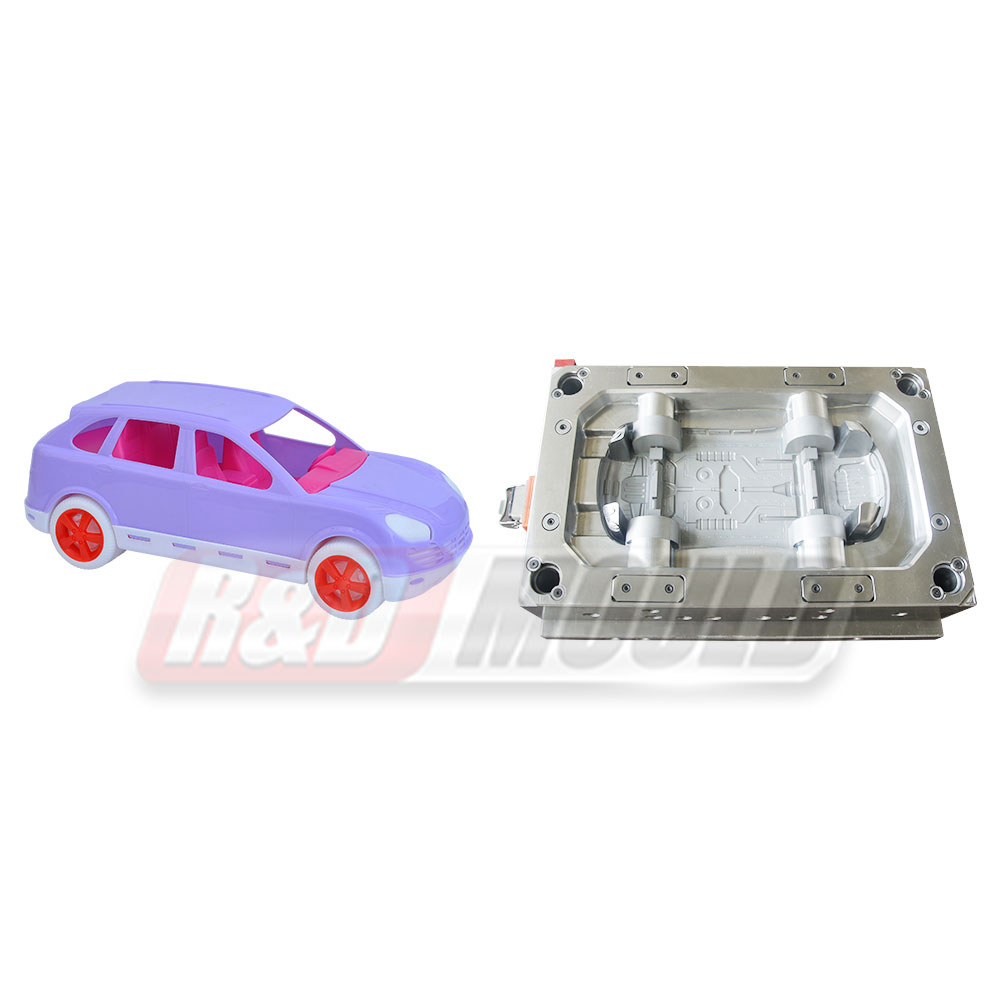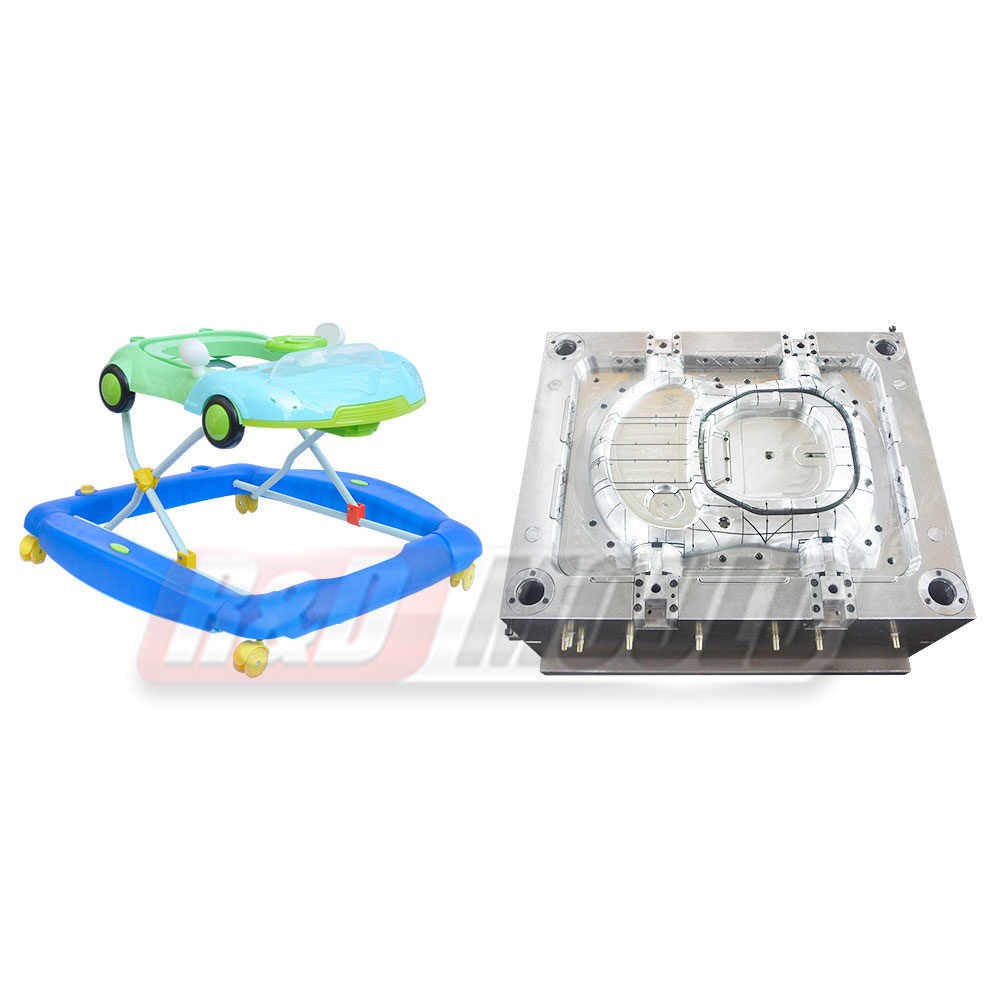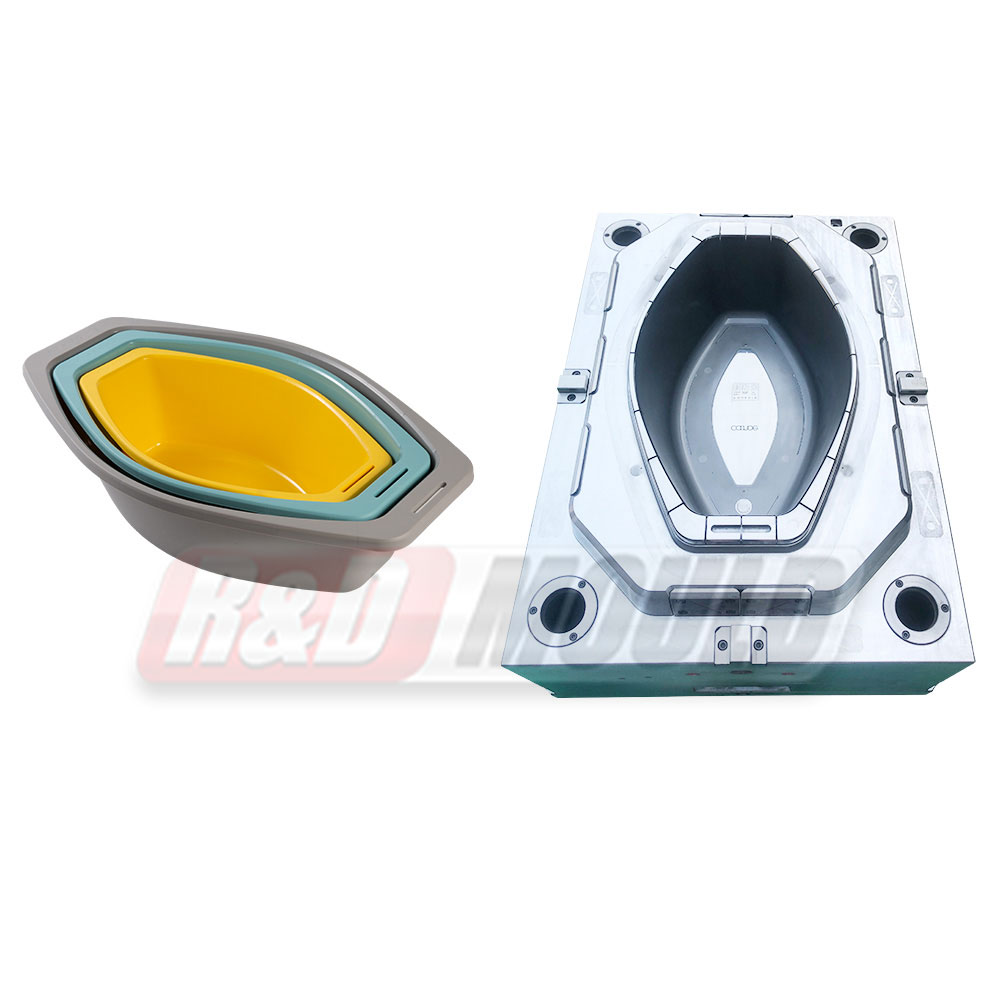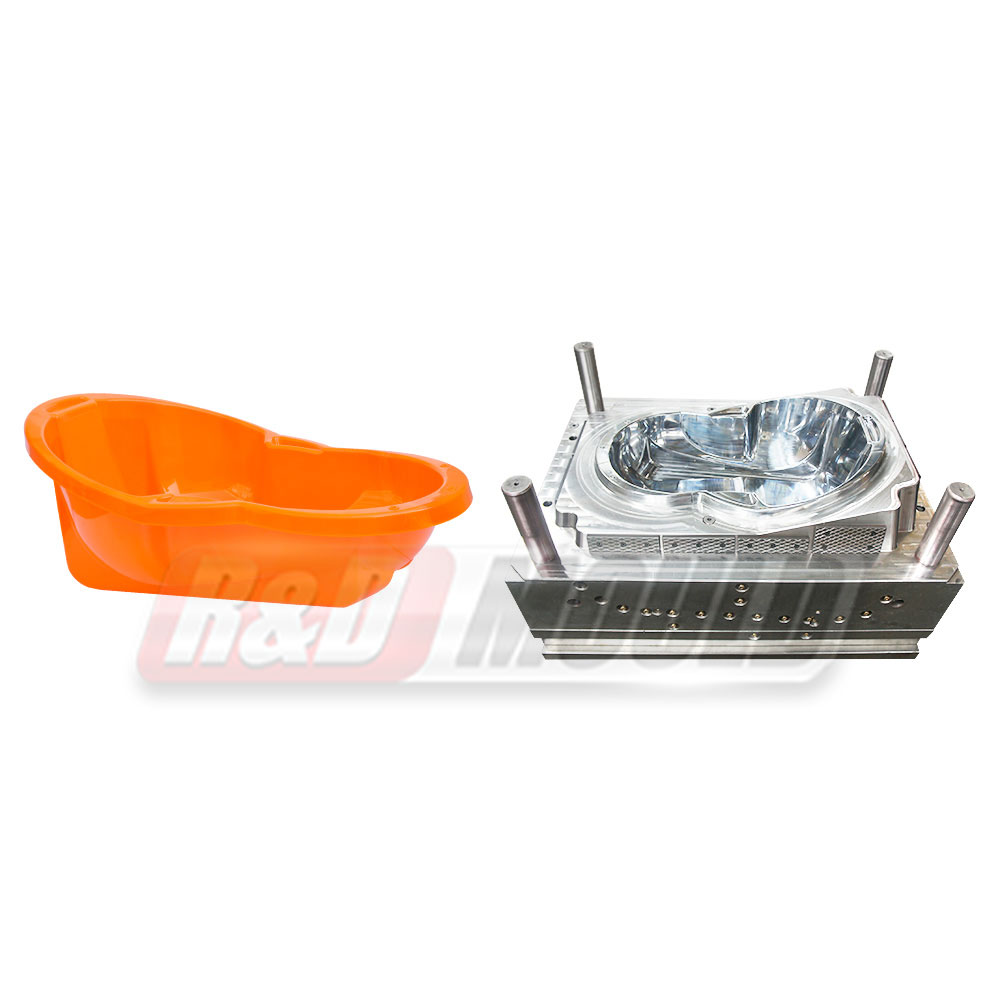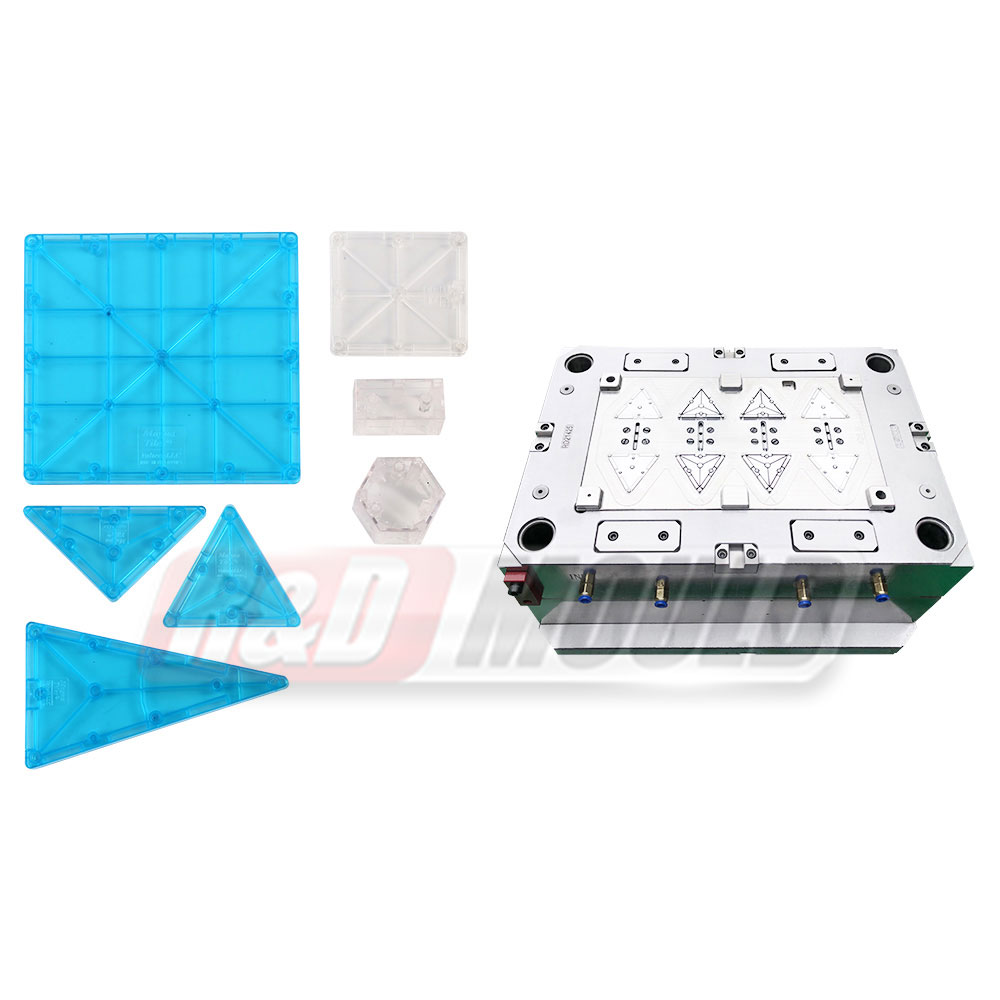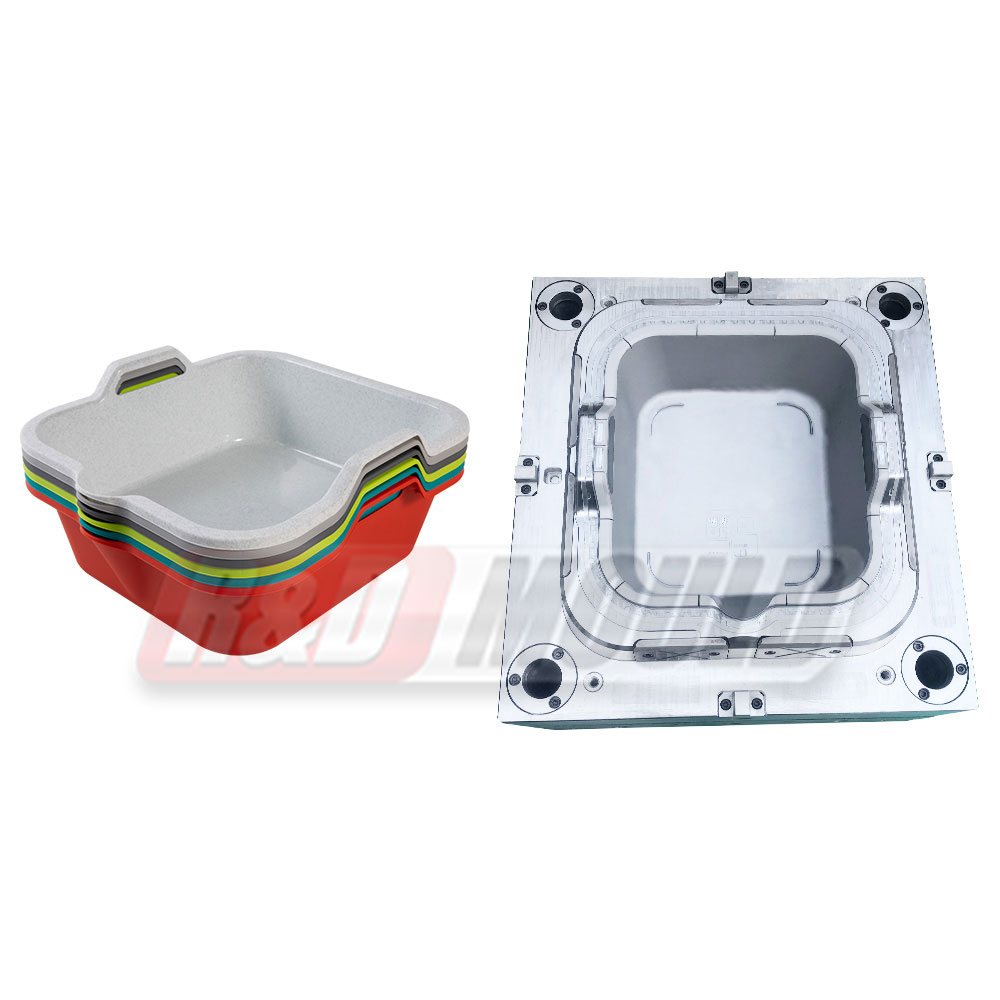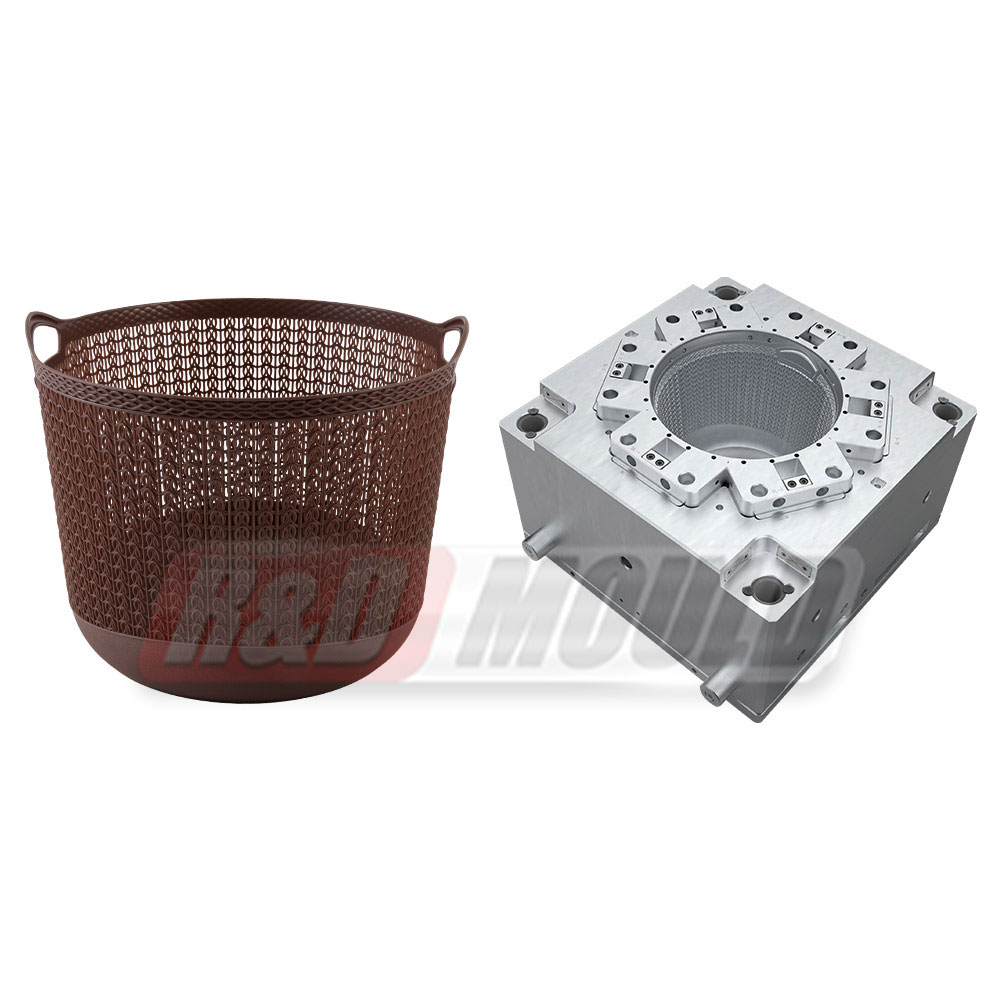In the world of compression moulding, the ongoing comparison between SMC mould and BMC mould technologies continues to shape the direction of composite part manufacturing. Among them, SMC mould (Sheet Moulding Compound mould) stands out for its ability to produce large, structurally robust, and dimensionally stable components. This article explores the material differences between SMC and BMC, and highlights why SMC mould is increasingly the go-to option in various demanding industrial applications.
Both SMC and BMC are thermosetting composite materials, reinforced with glass fibres and filled with resins. However, SMC mould utilises a material that incorporates longer glass fibres, typically ranging from 25mm to 50mm in length. These long fibers significantly enhance mechanical strength and structural integrity. In contrast, BMC (Bulk Moulding Compound) contains shorter fibers, offering more fluidity and easier moulding for small, detailed components.
Because of the higher fiber content and improved orientation during compression, SMC mould delivers better tensile strength, impact resistance, and dimensional consistency. This makes SMC mould particularly suitable for parts subjected to high mechanical loads or harsh operating conditions.
Application Suitability: Large vs. Small Components
One of the most prominent distinctions between the two lies in their typical applications. SMC mould is best suited for manufacturing large, high-performance parts such as automotive body panels, truck hoods, battery enclosures, electrical switchgear housings, and structural covers. Its strength-to-weight ratio and resistance to corrosion make it a viable alternative to traditional metals in these applications.
On the other hand, BMC moulding is more appropriate for smaller, precision parts such as electrical connectors, motor housings, circuit breakers, and appliance components. While BMC’s superior flow properties are ideal for fine geometries, it lacks the reinforcement needed for larger or load-bearing structures, where SMC mould excels.
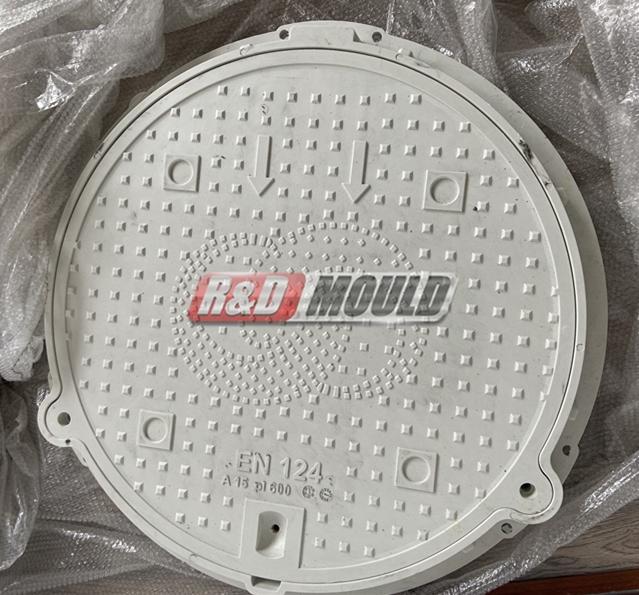
Why Manufacturers Are Shifting Toward SMC Mould
As industries push for lightweight, durable, and corrosion-resistant solutions, SMC mould is gaining broader acceptance, especially in automotive, rail transit, and construction sectors. With tighter regulatory standards on fuel efficiency and sustainability, automakers are using SMC mould components to reduce vehicle weight while maintaining safety and performance.
Another reason for the shift is the improved cost-efficiency in high-volume production. Although SMC mould tooling may require a higher upfront investment, it offers long-term benefits through durability, low cycle times, and minimal post-processing. The surface finish quality of SMC mould parts also reduces the need for extensive painting or coating, streamlining the production line further.
Precision and Customization in SMC Mould Design
Modern SMC mould solutions incorporate advanced steel materials, CNC machining, and optimized venting systems to ensure uniform material distribution and minimal warping. Leading SMC mould manufacturers focus on achieving dimensional stability even in large-format parts, offering clients a high level of customization based on usage environment and load requirements.
Furthermore, SMC mould is compatible with automation systems and hot-press technologies, enabling consistent quality and faster turnaround. This adaptability is crucial for OEMs and Tier-1 suppliers who need scalable production capabilities.
When choosing between SMC and BMC for compression moulding projects, manufacturers must consider not only the size and function of the component but also long-term performance. For projects involving large, high-strength parts, SMC mould offers a balance of mechanical reliability, design flexibility, and processing efficiency that BMC cannot match.
As demand grows for advanced composite solutions across various industries, SMC mould continues to prove its value. From automotive innovations to energy infrastructure, the strategic choice of SMC mould is helping manufacturers meet modern engineering challenges while maintaining production efficiency.





 English
English عربى
عربى Español
Español Français
Français